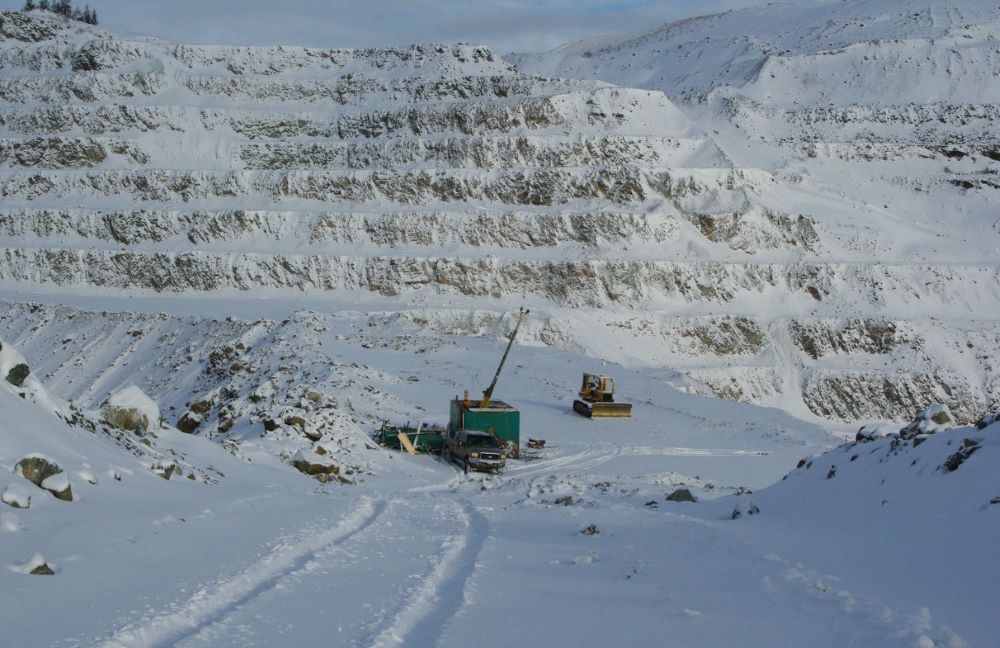The rare earth challenge
With the right processing technologies, Australia could become an important supplier of rare earth elements given its geological endowment.
While not especially rare and not really earths, there is no doubting the difficulties in mining and processing the rare earth group of metals, or their importance to the global economy.
Without the 15 elements which make up the immediate rare earth family, plus two close relations, a number of new and critically important technologies could not work.
From flat-screen computers and smartphones, to wind turbines, lasers, microwaves and high-strength magnets, chances are that one or more rare earths have been used in their production.
While the uses continue to grow for rare earths such as lanthanum, neodymium and samarium, along with their ‘cousins’, yttrium and scandium, the underlying business of finding, extracting and refining them has changed little over decades.
There are a number of reasons why development of new methods has been slow including the fact that rare earths are often found in complex geological settings with multiple ore types and industry has generally required only small amounts of each element.
Adding to those issues are the challenges of erratic price movements affecting investment decisions and the dominant role of one country in the rare earth business. China accounts for more than 90% of global rare earth production and at one stage accounted for 97% of production.
It is China’s dominance which helps keep rare earths at the top of the ‘risk list’ compiled by the British Geological Survey which assesses the importance of minerals needed ‘to maintain our economy and lifestyles’, and China’s dominance which has inhibited the entry of rival producers and the development of new technologies to process rare earths.
“It is a complex industry which can be especially difficult for new entrants,” said CSIRO’s Chris Vernon, who has spent a number of years studying the rare earths industry.
“A starting point in understanding the complexity is that while most of the rare earth elements are reasonably abundant in the earth’s crust they do not occur in easily mineable concentrations.”
Cerium, one of the ‘lighter’ rare earths, is the 25th most abundant element which means it is as common as copper, but it is not often found in distinct economic deposits.
That means the first step for a company trying to enter the rare earths industry is to thoroughly understand the composition of a discovery, especially the breakdown between heavy and light earths.
As a general rule heavy rare earths, those with a higher atomic number, attract a higher price than light rare earths – those with a lower atomic number. This is partially due to comparative rarity, but also because the heavier rare earths are becoming essential to modern living, used in LEDs, lasers and powerful magnets.
But, even when an orebody’s composition is well understood it is difficult to establish a clear pricing structure because of the control on the market exerted by Chinese producers and variable levels of supply and demand.
Marketing is very much the job of the mining company involved. Where CSIRO is playing an important role is in helping to understand orebodies and helping to design process routes.
Liberating rare earths is typically not easy because of the way the elements are tightly locked into complex orebodies.
“Part of our work has been focused on the conventional rare earth process routes and part is on finding new and better ways to extract the elements,” Dr Vernon said.
The currently preferred treatment method is quite extreme in the way it uses acid, heat, and pressure. It is not only expensive but can cause environmental issues.
“We have made good progress in understanding different ores and in changing the conditions for dissolution, including the identification of ways to use much less heat and acid,” Dr Vernon said.
“Instead of assuming that everything has to be done under the most extreme conditions we look to understand the processing properties of each particular ore and tune the cracking and leaching conditions.”
One possible way of doing that is to alter the crystal structure of the mineral of interest, a step that can be taken by fine-grinding or by heat.
“We’re looking at ways that use less energy, particularly at hydro-thermal processes which attack the crystal lattice of the mineral.
“You can use a catalyst by putting in certain anions or cations which will promote that process,” Dr Vernon said.
In the traditional route preferred in China, the solvent extraction stage, can require the mineral-rich solution to be passed through 100 stages.
“We’re developing capabilities in synergistic solvent extraction (combining two commercially available extracts) which achieves better separations by tuning the process,” Dr Vernon said.
“It becomes a significant cost saver because fewer stages of separation are required. It’s a way of vastly reducing the number of solvent extraction stages needed.”
While every ore is different and a range of trials with different inputs have been used to date, a 50% reduction in energy use is “in the ball park” of what is achievable, according to Dr Vernon.
Differences in the composition of orebodies are just a starting point for companies working in the rare earths industry. Further down the processing path, the next challenge is to separate the different elements, because they share a high degree of similarity, but great differences in demand and price.
The interest in the rare earths industry remains high despite its difficulties and a crowded field of potential starters.
As companies in the rare earth business, and CSIRO, develop their understanding of processing rare earth ores, Australia could become a world-class supplier of rare earth elements.
More News
{{ commodity.name }}
{{ post.title }}
{{ post.date }}



Comments